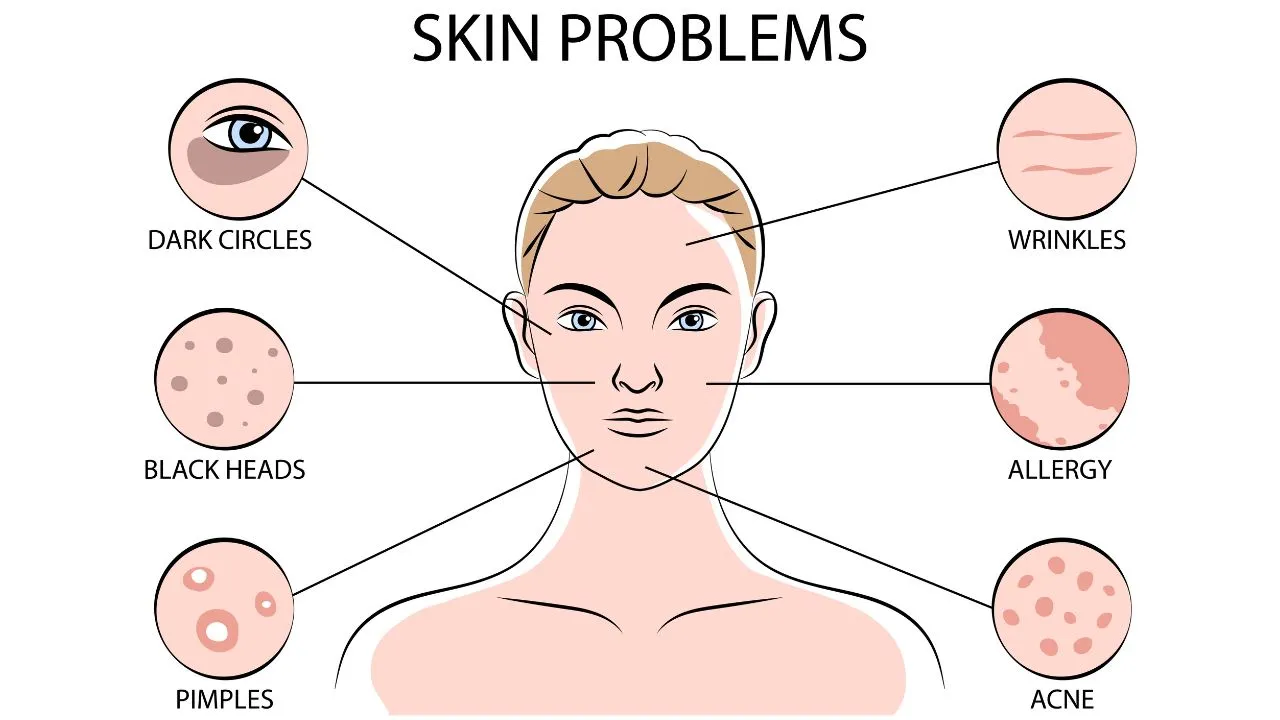Rejuvenate your skin a professional chemical peel for smoother, glowing skin.
Rejuvenate your skin a professional chemical peel for smoother, glowing skin.
Blog Article
Navigating Skin Cancer Therapy: The Necessary Duty of Mohs in Modern Dermatology Practices
Skin cancer, a complicated diagnosis, typically leaves individuals facing numerous treatment alternatives. Amongst these, Mohs surgery stands as a sign in modern dermatology, renowned for its thorough method to cancer cells elimination and preservation of bordering healthy and balanced tissue. This cutting-edge method promises not only premium cosmetic outcomes but also provides immediate outcomes, relieving person stress and anxiety. As we discover the ins and outs of this procedure, one will certainly value its pivotal role in skin cancer treatment.
Understanding Skin Cancer Cells: Kinds and Dangers
Skin cancer, a possibly serious condition, is much a lot more prevalent than many people recognize. This condition, brought on by the unchecked growth of uncommon skin cells, mostly arises from DNA damages due to exposure to the sunlight and ultraviolet (UV) light. There are three primary sorts of skin cancer: Basic cell cancer, Squamous cell carcinoma, and Melanoma. While the previous 2 are much less deadly and comprise the bulk of diagnosed instances, melanoma is the most unsafe. It represents only concerning 1% of skin cancer cells situations but creates the large majority of skin cancer deaths - mohs surgery. Threat factors consist of reasonable skin, background of sunburn, too much sun exposure, living at high elevations or shut to the equator, having several moles, a family history of skin cancer, and deteriorated immune system.
What Is Mohs Surgery and How It's Transforming Skin Cancer Treatment
In spite of the many therapies presently available for skin cancer, Mohs surgical procedure attracts attention as a groundbreaking and extremely reliable service. Named after Frederic E. Mohs, the physician who established the treatment, Mohs surgical treatment is a specific surgical technique made use of to treat skin cancer cells. During the treatment, slim layers of cancer-containing skin are progressively eliminated and examined until just cancer-free cells stays. This approach permits the doctor to verify that all cancer cells have actually been removed at the time of surgery. This level of precision, integrated with the capability to save as much healthy and balanced tissue as possible, is revolutionizing skin cancer treatment. Therefore, Mohs surgical procedure has ended up being a foundation of contemporary dermatology techniques.
The Benefits of Mohs Surgery Over Typical Skin Cancer Cells Treatments
Structure on the innovative nature of Mohs surgical procedure, it's important to consider its various advantages over standard skin cancer therapies. Unlike common treatments, Mohs offers a higher treatment rate, frequently getting to 99% for novice therapies and 94% for recurrent cancers. This precision is due to its distinct technique of gradually you could try these out eliminating and taking a look at cells layers till just cancer-free cells remain (chemical peel). In addition, it lessens damages to healthy skin, resulting in much less scarring and enhanced aesthetic outcomes. Mohs also gives prompt results, removing the anxiety-ridden delay typical with other techniques. It's cost-effective, as the surgical procedure and microscopic assessment occur simultaneously, eliminating the requirement for additional lab solutions. Thus, Mohs stands for a substantial advancement in skin-related practices.
The Procedure of Mohs Surgical Treatment: What to Anticipate Throughout the Refine

Possible Adverse Effects and Post-Operative Care of Mohs Surgical Treatment
Undertaking Mohs surgery, like any kind of various other medical procedure, involves prospective side effects that clients should be conscious of. Typical side effects include discomfort, bruising, and swelling hop over to here at the surgery site. These are typically short-lived and workable with over the counter pain medicine and ice packs. In rare instances, patients might experience infection, blood loss, or an allergy to the neighborhood anesthetic. Post-operative care is critical to healing and minimizing side effects. This typically involves keeping the wound tidy and dry, taking prescribed medications, and staying clear of arduous activities. Patients must likewise go to all follow-up consultations for injury care and tracking. Sometimes, additional therapies might be needed to ensure complete removal of the malignant cells. Sticking to these post-operative care guidelines can greatly boost healing and end results.
Verdict

Report this page